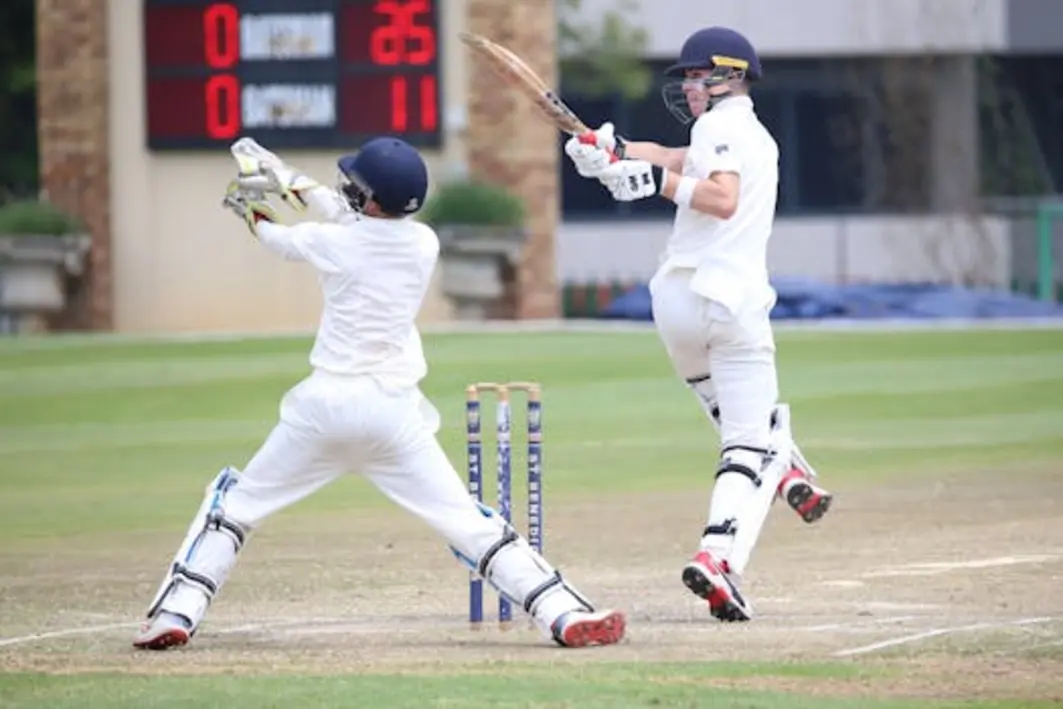
A Moment of Courage: Shubman Gill’s Brave Stand and the Future of Cricket Safety
Imagine standing in the face of a raging storm – knowing each gust of wind can potentially knock you off your feet. Now, picture that storm as a 90 mph cricket ball, hurled at your head by a seasoned professional. That’s the reality Shubman Gill faced on Day 5 of the fourth Test against England. A brutal delivery, a glancing blow to the helmet, and a flash of pain – a moment showcasing both the inherent danger and the incredible resilience of a batsman.
This article explores the tense drama of the fourth Test, focusing on Gill’s courage and the ongoing debate surrounding player safety in cricket. We’ll delve into the incident, examine the subsequent discussion around helmet design, and consider the broader implications for the sport.
The Incident That Stopped Play
The tension was palpable. India, chasing a massive total, were fighting to stay in the game. The score was 193/3, with the match delicately poised. In the 73rd over, England’s Ben Stokes unleashed a short delivery that reared up unexpectedly. It was a challenge for any batsman. The ball struck Gill’s glove before ricocheting upwards into his helmet, right at the grille.
The impact was immediate. Gill winced and walked away from the crease, visibly shaken. The Indian physio rushed onto the field, examining Gill for concussion and any potential hand injuries. Even Stokes, known for his aggressive approach, immediately checked on his opponent, showing a level of respect and concern for Gill’s well-being. Thankfully, after assessment and treatment, Gill continued batting, a testament to his mental fortitude.
The incident was a stark reminder of the inherent risks involved in cricket. It also ignited a discussion about the design and effectiveness of protective equipment, and if it adequately shields batsmen.
Protection vs. Performance: The Helmet Debate
The question arises, are current cricket helmets sufficient, or do they need a redesign? Clearly, as the ball travels at high speeds, impacts on or around the head are not always manageable. Players are vulnerable to concussions and other injuries. The helmet does offer protection. The question is, can we enhance it further? We’ve seen significant improvements in helmet design over the years. The focus has been on enhancing safety features along with comfort and visibility for the batsmen.
Consider this analogy: car safety. While cars have airbags, seatbelts, and crumple zones, engineers continuously work on new technologies to minimize injury in accidents. The same principle applies to cricket helmets. Can we integrate more advanced materials, enhance the grille design and provide additional protective padding where necessary?
Shubman Gill’s Grit: A Defining Moment
Before the incident, Gill had been batting exceptionally well. At 90, he was putting on a solid partnership. He had already shown his mettle after early dismissals. With grit and focus he was rebuilding the Indian innings. His innings, alongside the stand with Washington Sundar, highlighted the importance of resilience. This is crucial in high-pressure scenarios.
The fact that Gill continued batting after the blow speaks volumes about his character and dedication to the game. He showed incredible courage and put team before personal safety. This spirit of resilience is often what defines great athletes.
Practical Takeaways and Future Considerations
This incident brings up some questions and future considerations:
- Equipment Evolution: Continue pushing the boundaries of helmet design, potentially using advanced materials to maximize protection.
- Concussion Protocols: Ensuring that concussion protocols are strictly followed on and off the field
- Early Intervention: Immediate and thorough medical assessment after any head injury must be implemented
- Player awareness and mental fortitude: Players must be aware and trained in the techniques.
Conclusion: Prioritizing Safety and Celebrating Resilience
Shubman Gill’s brave performance is a defining moment. The incident in the fourth Test highlights the need to prioritize player safety. By constantly re-evaluating safety protocols and striving for new advancements in protective gear, we can ensure that the sport continues to be played with the right level of support for the players. Are we doing enough? What can we do better?